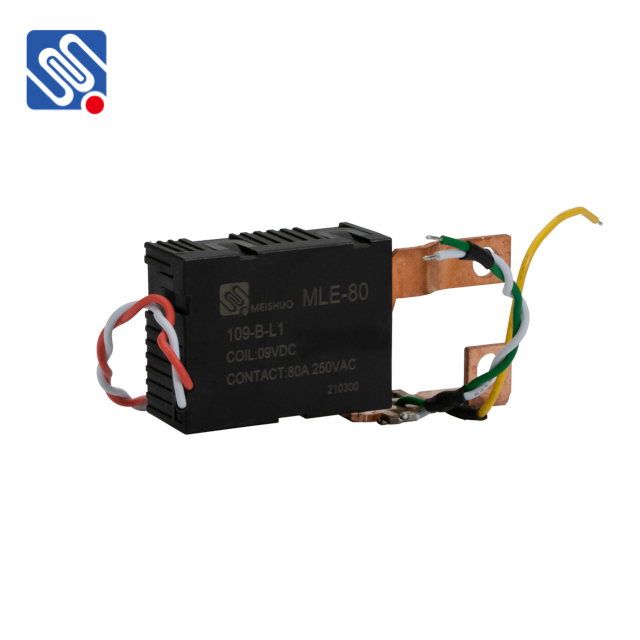understanding latching relays and meishuo's contribution to the industry
Release time:2025-05-04 23:11:51
Latching relays are a type of electromechanical relay that retain their switched position after the control signal has been removed. Unlike traditional relays that need a continuous electrical current to maintain their state, latching relays only require a pulse to change their state, making them energy-efficient and reliable. These relays have a broad range of applications, particularly in power-saving and control systems, and are crucial in areas such as telecommunications, automotive, and industrial automation.

The mechanism behind a latching relay is relatively simple: it uses an internal mechanism, often a set of magnets, to lock the relay’s contacts in place. This feature allows the relay to hold its position without requiring constant power. When a pulse is applied to the relay, it switches to a new state and stays in that state until another pulse changes it again. This "latching" action is beneficial in systems where power conservation is critical, as it eliminates the need for constant electrical consumption.
One of the key advantages of latching relays is their energy efficiency. Since they only need a brief pulse to change states, they consume significantly less power compared to standard relays that require continuous voltage to maintain contact positions. This efficiency makes latching relays an ideal choice for battery-powered systems and devices that need to operate for extended periods without frequent recharging or battery replacement.


